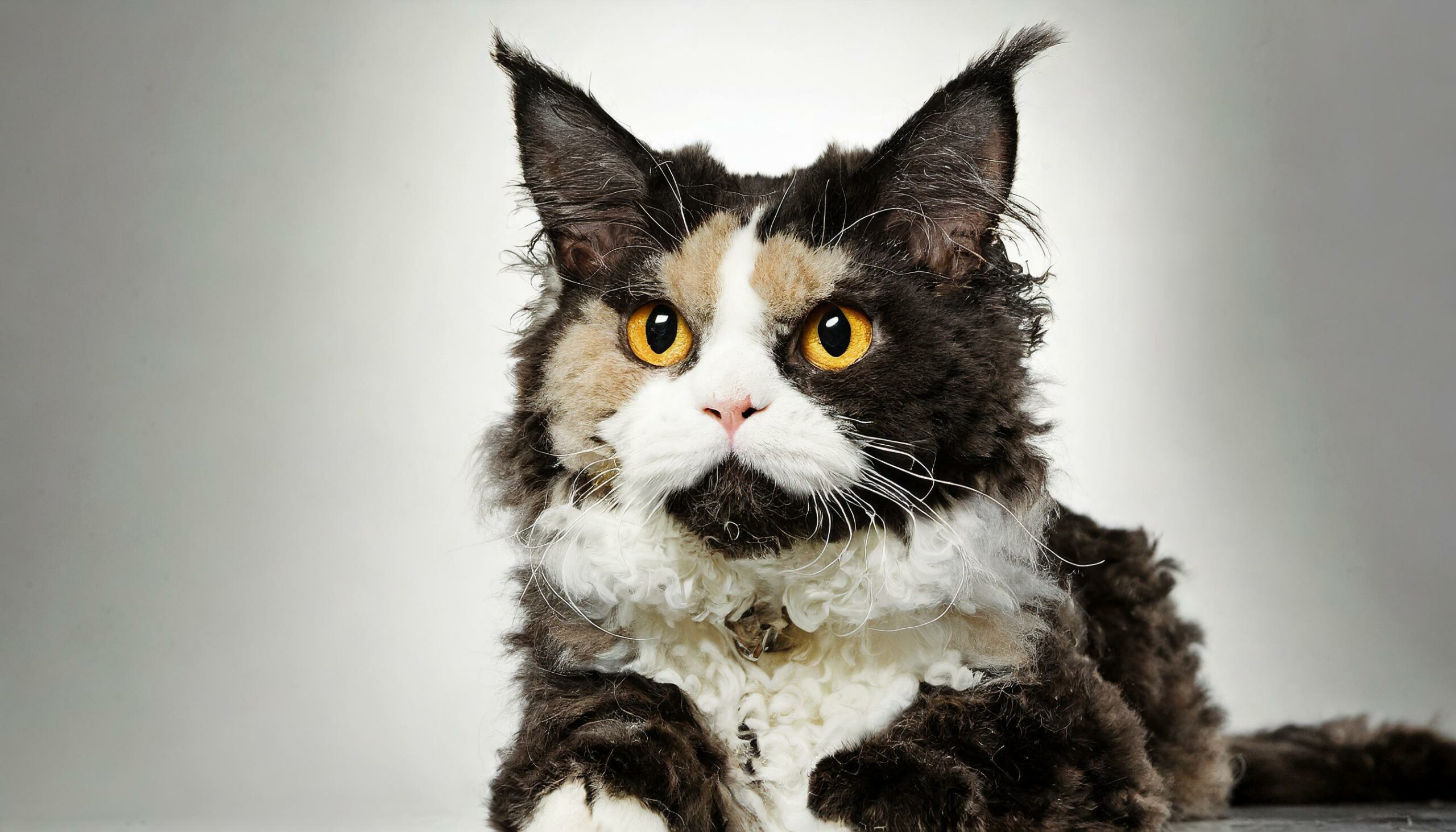The Selkirk Rex, with its distinctive curly coat and endearing personality, is often likened to a plush teddy bear. This relatively new breed, which emerged in the late 20th century, has quickly captivated the hearts of cat lovers around the world for its unique appearance and affectionate nature. Originating from a spontaneous genetic mutation, the Selkirk Rex is a testament to the diversity and unpredictability of feline genetics. This profile explores the Selkirk Rex’s origins, physical characteristics, temperament, care needs, and its role as a cherished and playful member of the family.
Origins and History
The Selkirk Rex’s story began in 1987 in Montana, USA, when a housecat gave birth to a litter that included a kitten with an unusual curly coat. This kitten, named Miss DePesto due to her persistent demands for attention, was bred to a Persian, marking the start of the Selkirk Rex breed. The breed’s founder, Jeri Newman, named it after her stepfather, thus becoming the only cat breed named after an individual. Unlike other rex breeds, the Selkirk Rex’s curly coat is the result of a dominant gene, meaning only one parent needs to carry the gene for the trait to be expressed in offspring. The breed was quickly recognized for its unique qualities and has gained popularity across various feline associations.
Physical Characteristics
The Selkirk Rex is distinguished by its plush, curly coat, which can be either long or short and comes in a variety of colors and patterns. The breed is medium to large in size, with a strong and muscular build that adds to its teddy bear-like appearance. Selkirk Rex cats have round heads, large, expressive eyes, and a characteristic curled whiskers, enhancing their charming and whimsical look. Their coat is dense and soft, inviting petting and cuddles, and contributing to their reputation as one of the most huggable cat breeds.
Temperament and Behavior
Selkirk Rex cats are known for their gentle, patient, and affectionate temperament. They are highly sociable and enjoy being part of family activities, often following their owners around the house and seeking out attention. Despite their laid-back nature, Selkirk Rex cats are playful and curious, enjoying interactive toys and games that challenge their intelligence. They are well-suited to homes with children and other pets, showing tolerance and friendliness towards everyone they meet.
Care and Health
The care of a Selkirk Rex’s coat varies depending on its length, with long-haired variants requiring more frequent grooming to prevent matting. Regular brushing is recommended to maintain the coat’s texture and to minimize shedding. Like all cats, Selkirk Rexes benefit from a balanced diet, regular veterinary check-ups, and preventive health measures. They are generally healthy, but as a breed with Persian ancestry, they may be predisposed to certain genetic conditions, including polycystic kidney disease (PKD) and hypertrophic cardiomyopathy (HCM). Prospective owners should seek reputable breeders who conduct health screenings on their cats.
The Selkirk Rex in the Family
The Selkirk Rex makes an ideal companion for a wide range of households, including families with children, singles, and seniors. Their adaptable and affectionate nature makes them suitable for both active homes and quieter environments. The breed’s playful yet gentle demeanor endears them to all family members, making them not just pets but cherished companions. For those seeking a cat with a unique appearance and a loving, easygoing personality, the Selkirk Rex is a delightful choice.
In conclusion, the Selkirk Rex stands out as a breed of remarkable character, undeniable charm, and affectionate companionship. With its origins as a spontaneous mutation and its status as a beloved family pet, the Selkirk Rex continues to enchant cat enthusiasts with its curly coat and gentle nature. For those willing to provide the necessary care, love, and attention, the Selkirk Rex offers a rewarding and engaging companionship, serving as a devoted friend and an integral part of the family.
